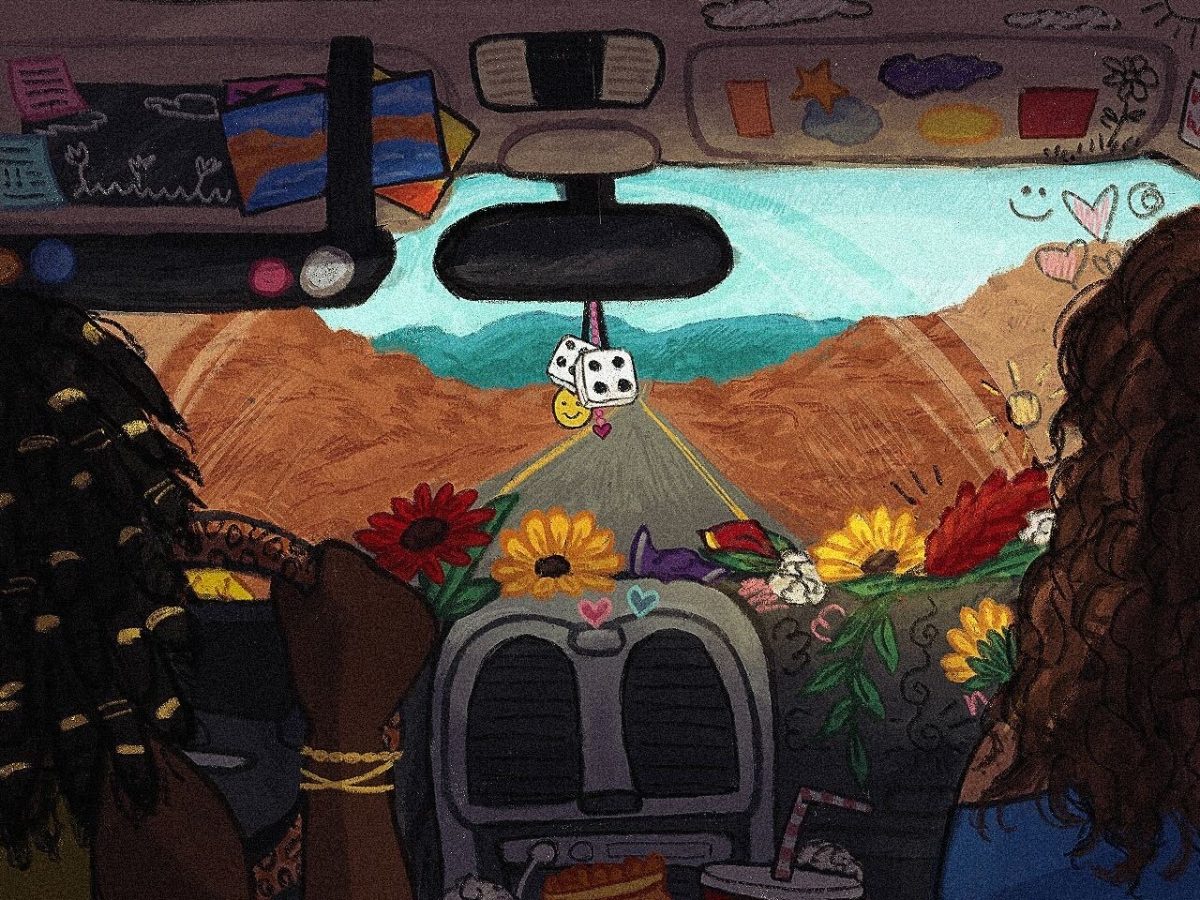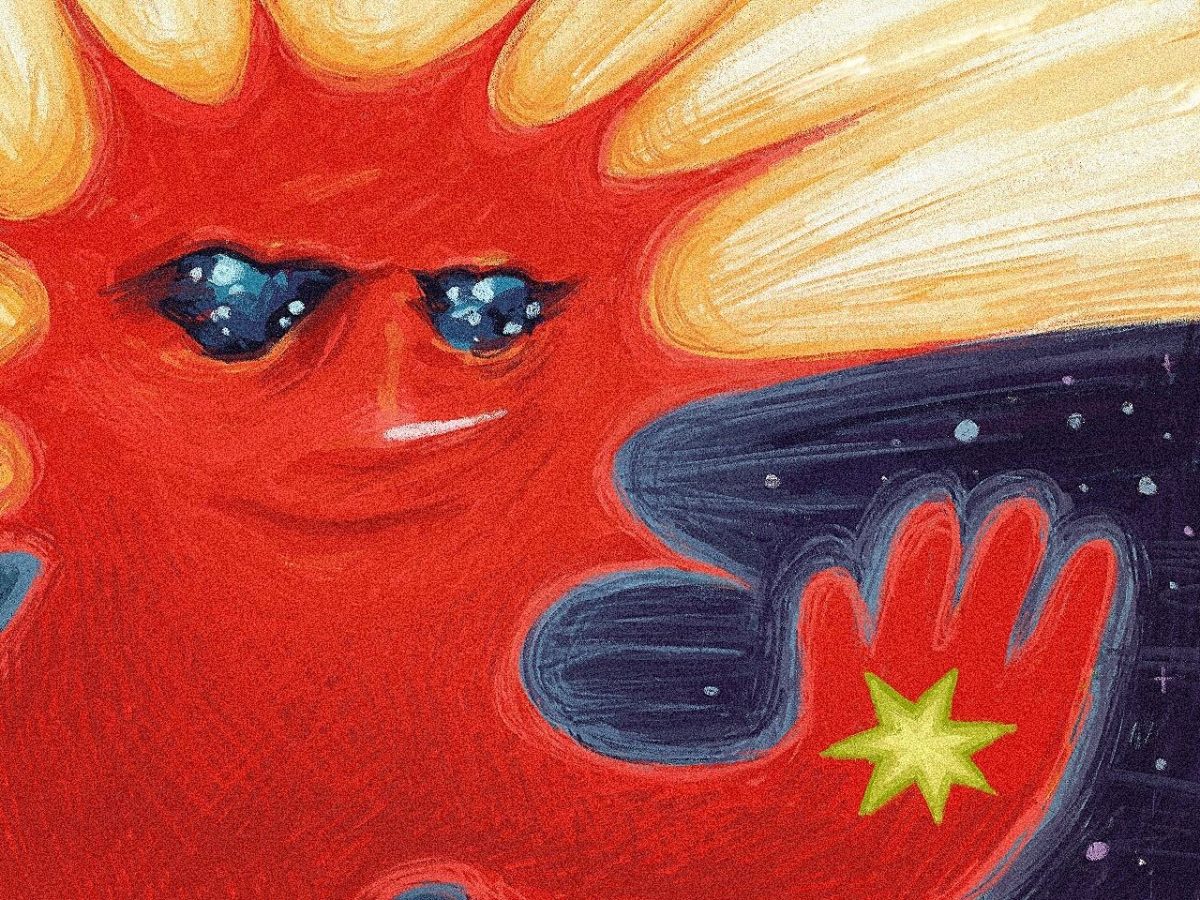The Beatles’ catalog is one that has stood the test of time, continuing to influence the music industry more than a half-century after the band’s breakup. We know that all art will invariably outlive its creator, and there is perhaps no better example of this than the musical afterlife of the Beatles. However, their newest — and supposedly last — song “Now and Then” adds a new dimension to this reality.
The song begins with a countdown before transitioning into a strumming guitar and piano. Nothing too impressive yet, but then the lyrics: “I know it’s true / It’s all because of you / And if I make it through / It’s all because of you.” John Lennon lives on as he provides the lyrics, melody, voice, and piano to the song, despite his death in 1980.
Whether you are just discovering the Beatles for the first time or perhaps even remember them from your youth, “Now and Then” is a fitting bookend to the Beatles’ song catalog and they are well aware of this. In the music video, images of the Beatles through various stages of their career are cut and edited, with a present-day McCartney and Ringo Starr looking pensively while their reanimated former bandmates dance on.
However, this isn’t the first time that a “new” Beatles song has been produced after the group’s breakup. Using unfinished songs by Lennon and recorded well after the band parted ways, the singles “Free as a Bird” and “Real Love” received posthumous accompaniments from Lennon’s surviving band members in 1995.
The mind-bending sound that is typically associated with the group’s experimental sound is questionably intentional as a result. To hear Lennon’s voice in his prime joined by the lived-in 81-year-old voice of Paul McCartney creates an unconventional listening experience.
What differentiates “Now and Then” from its posthumous counterparts is the means by which it was produced. Lennon’s voice was isolated and sanitized from the original demo tape with the use of AI, which would have been otherwise muddied by the static and dissonant sounds of a piano in the background.
Languishing as a home recording on a simple cassette tape by Lennon, the unfinished demo remained so until the 2021 release of Peter Jackson’s documentary “The Beatles: Get Back.” Utilizing similar “demixing” techniques that were applied to the archival recordings of the documentary, “Now and Then” is the result of machine learning — otherwise known as AI.
Art is recognized for its effort on the creator’s part to recognize a vision that only they know how to act upon. It is this process and struggle that gives creation its depth and meaning by recognizing that there is an essential collective human experience underpinning all existence, which gives way to something that is imbued with an individual’s imagination and spirit. AI rejects all of this. Instead, it intends to eliminate the creative process, rendering new, unique, or otherwise human perspectives valueless and unnecessary.
In the same way that a painting is restored, the use of AI to produce “Now and Then” is a matter of whether it should have been kept and released as it was originally recorded. The original recording was given to his surviving bandmates by his wife, Yoko Ono, in a state that perhaps even the most diehard Beatles fan would find just charming but nothing more than a one-off novelty, lost to time in the static and hiss.
AI threatens to mechanize creation and all forms of expression — whether through writing, visuals, or song — and erode the creative spirit. Even with the digital trickery that is evident in today’s music, there is some semblance of creative struggle.
It seems fitting that even in the 21st century, the Beatles continue to make music history and perhaps even set trends with the use of AI surrounding art. With nothing synthesized or otherwise artificially created according to a post on X from Paul McCartney, “Now and Then” is a good example of how AI could be used ethically in music.
Lennon’s lyrics, melody, and creative effort are all there. The use of AI didn’t alter the content and message of “Now and Then” — instead, it simply refurbished the song’s audio quality. As AI continues to blur the line between reality and fabrication, it also offers us a myriad of opportunities to improve preexisting content. With “Now and Then,” the Beatles have provided the perfect blueprint.








